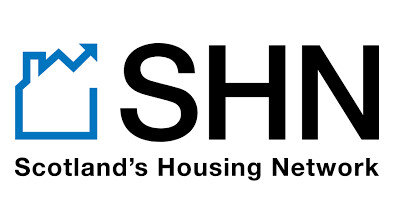Scotland’s Housing Network unveils preliminary Charter results
 Scottish social housing landlords have shown improved performances in many areas though issues remain across the sector, according to Scotland’s Housing Network.
Scottish social housing landlords have shown improved performances in many areas though issues remain across the sector, according to Scotland’s Housing Network.
Scotland’s Housing Network is the largest benchmarking network for social housing landlords in Scotland, with over 120 landlords representing almost 90 per cent of the social rented sector by stock.
Because of its membership makeup, the Charter data provided by members can be used to provide an estimate for the Scottish average for key indicators.
The 2015-16 results show a mixed picture compared to the first two years of the Charter with improvements in areas such as repairs timescales for both emergency and non-emergency repairs; gas safety and void rent loss. There are also improvements in the average time for landlords to complete aids and adaptations and also to meet the Scottish Housing Quality Standard (SHQS).
Data on Energy Efficiency Standard for Social Housing (EESSH) compliance was collected for the first time this year. The percentage of stock currently meeting EESSH is 68 per cent while the cost of meeting the standard is around £3,500 per property. The bulk of work is funded by landlords’ own financial resources, rather than public subsidy or energy suppliers.
According to the Charter data, areas in which the sector can improve include an increasing number of evictions; rising rent levels, particularly for local authorities, and lets to homeless applicants by RSLs. It also found that new tenancy sustainment is not showing consistent improvement.
Scotland’s Housing Network said the experience of its members in bringing about improvements in many Charter indicators suggest that Scottish social landlords will be equally responsive in addressing the remaining issues.







